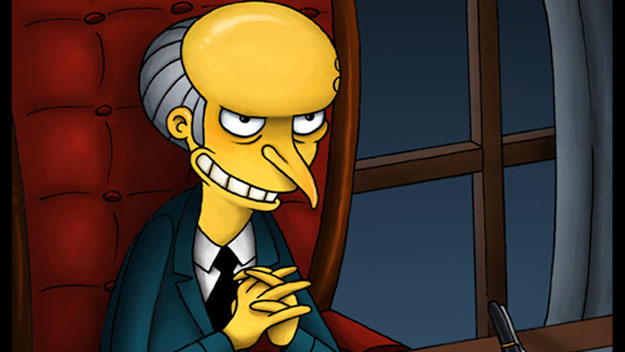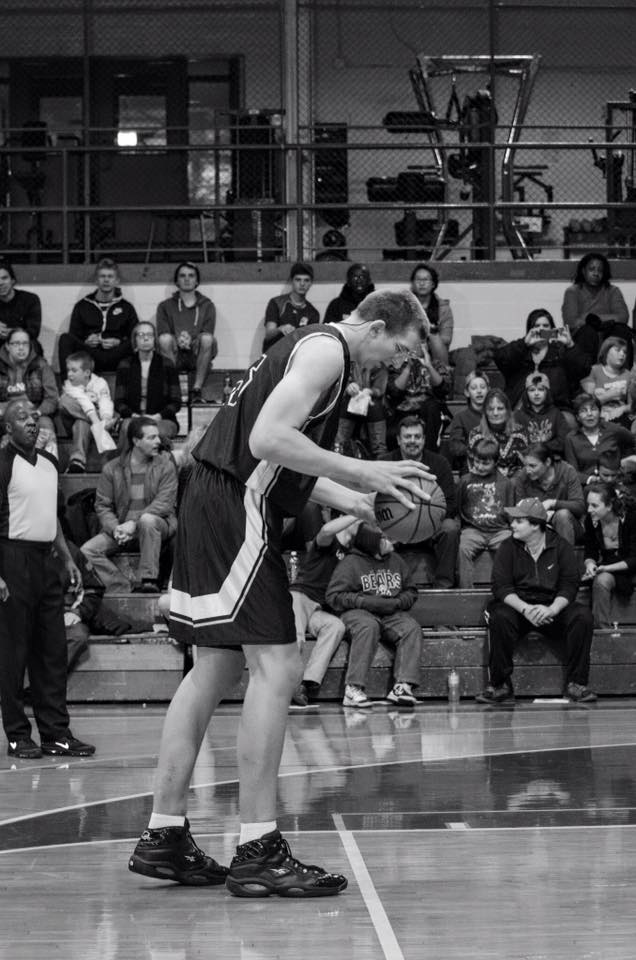
Courtesy of Randy Willis
Robert “Bobby” Wegner felt annoyed.
He felt sore and tired. He stood for pictures and sat for autographs for the unending line. Gable Hall, a secondary school in Corringham, England, had a small gym. It felt cramped.
Finally, Bobby had enough.
He had just posed for a picture when someone handed him a small sheet of paper. Fed up, he turned around and used the backboard to sign his name on the paper.
Bobby is 7 feet 8.5 inches tall with a wingspan near eight feet. Flat-footed, he can reach 10 feet 4 inches. He may be the world’s tallest basketball player. Recently, Bobby’s father, Ralph Wegner, posted a video on Bobby’s Facebook wall. “The tallest basketball player in the world,” the video said about Tacko Fall, the 7-foot-6 Florida prep basketball recruit.
“Did you see this?” Ralph wrote.
“That’s a load of bs [sic],” Bobby responded.
After overcoming risky surgeries, coordination problems and a childhood injury which nearly ended his athletic career, Bobby left home last fall to move in with a man he didn’t know to pursue a dream which hadn’t seemed real until then. His agent, Kenneth Sherman, of Sherman International Basketball LLC, says Bobby will be NBA-ready in two or three years. Sherman has heard from professional teams in Italy, Britain and the NBA’s Detroit Pistons. Bobby does not currently have a contract.
At 21 years old, most have given up on their NBA aspirations. But for Bobby, after two gruesome foot surgeries, the dream is just getting started.
***

courtesy of Randy Willis
Bobby’s pediatrician didn’t believe it.
“There’s no way,” she said. “Babies don’t grow two inches in ten days. They don’t.”
Bobby had measured 22.5 inches just after birth (and weighed 11 pounds, seven ounces). At a follow-up about a week later, he measured 24.5 inches.
Bobby’s feet hadn’t fit the inkpad on Day One, so the doctors didn’t “unroll” him all the way, his mother, Susan Wegner, said. “Like a sardine can,” Ralph added.
Looking at this 10-day-old baby, the pediatrician declared he’d one day be taller than seven feet.
At eight months, Bobby couldn’t fit into anything but a size 4-Toddler. By his christening day a few months later, he’d outgrown that too. Susan ran into a local craft store and asked for help. They taught her to sew so she made Bobby’s clothes – which she’s done ever since.
In youth sports, Bobby consistently played up an age group due to his size. Even then, he seemed too big.
“People would always say behind us in the stands, ‘That boy shouldn’t be playing in this league,'” Ralph said. “(I’d) turn around and say, ‘You’re right. He shouldn’t be playing in this league. He should be playing down because he’s two years younger.'”
A 12-year-old Bobby, then 6-foot-7, played Little League baseball. In one at bat, the pitcher threw a ball wildly high, nearly over the catcher’s head. The umpire called a ball, then timeout.
“Look, Bobby,” he said. “That’s a ball on anyone else, but it’s a strike on you.”
Bobby has never had a growth spurt, Susan said. She worries it’s still coming. Bobby grew three or four inches every year as the Wegner’s scratched his height into the kitchen wall with a pencil – until he outgrew the house.
Bobby couldn’t walk indoors without bumping his head, so the Wegners resized their lives. They raised the dropped ceilings and installed six, 7-foot doorways. They supersized the dining room set with bar chairs. Bobby built himself an 8-foot-long bed in high school wood shop. Salesman didn’t take them seriously, but the family had to “try on” cars, Ralph said. (With a recent Ford redesign, Bobby can no longer fit the company’s trucks.)
Bobby had trouble fitting into a lot of things, like shoes and school.
Some people treated Bobby like a “freak.” That was the hardest part, Ralph said.
“There are sometimes I wish I were shorter,” Bobby said. “Always being picked out in a crowd and stared at gets kind of annoying. Obviously, I can’t change it.”
He shrugs. Bobby learned to cope. When he goes to the mall, he travels in a familial phalanx – mom and dad in front, sisters behind – to block off questioners. As a Six Flags America security guard two summers ago, he learned to decline photo requests. He sees people take pictures anyway, but ignores them.
“When people ask me which sport I play,” Bobby said. “I tell them mini-golf.”
***
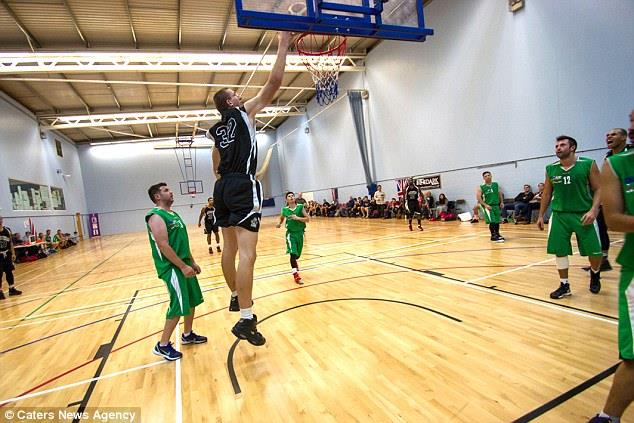
courtesy of Chris Glisson
Nine-year-old Bobby was lying motionless in the dirt, his left foot still touching third base.
His kickball opponents, the other Strafford School fourth graders, had called him out. But Bobby couldn’t move.
Recess ended. Everyone went inside except Bob, who still couldn’t move. The nurse called Susan. The principal and a custodian came outside. They held a tarp over him as it started to rain.
The femoral neck bone, the top leg bone, had folded over the hip joint when he slid. Normally, doctors said, the only way a kid breaks a hip like that is in a car accident. Bobby underwent surgery. Doctors inserted four, 3-inch deck screws to hold the hip together.
“We found out that up until that age, if you break a bone, it’ll heal like new. But any later and it never regains the integrity of an original bone,” Ralph said. “The timing of (the break) was very good.”
The Wegners had Bobby examined further. Doctors warned Bobby the break wouldn’t be his last. They recommended he not play sports because of the uncertainty around how his body would heal and grow. Susan worried about Marfan’s syndrome, which causes the heart to stretch too thin and induces a fatal heart attack. A cardiologist assuaged that fear, but said she couldn’t guarantee Bobby’s bones, which grew too quickly to gain density. Bobby underwent genetic testing to ensure there weren’t any misplaced genes.
All tests found Bobby healthy. The tall genes came from his parents. Ralph is 6-foot-8, Susan is 6-3 and his sisters, Michelle and Wendy Wegner, are 6-3 and 6-foot.
“We looked at Bobby and said, ‘Well, if we don’t let Bobby play sports he’ll just die,'” Susan said. “That’s what he did all the time.'”
Bobby grew accustomed to his height and started to enjoy it. Particularly, he said, blocking his opponent’s shots in gym. He dunked for the first time, nearly flat-footed, in seventh grade. In eighth grade, he spent Sunday nights practicing with a high school coach.
Despite promising signs of athleticism, Bobby struggled with minor things like coordination and balance. He became unstable just walking. As he quickly grew, the floor kept moving further away, he said. Sometimes he had to hold himself up with the handrails in school hallways. When writing, his hand cramped so badly that his penmanship became almost illegible. The school put him in special education classes.
His athletic progression slowed. He played sparingly in high school, usually during the concluding minutes of blowouts.
After graduating from Coe-Brown Northwood (N.H.) Academy in 2011, he went to the University of Maine-Presque Isle, mostly because it offered classes in conservation officer training. He also joined the basketball team.
“We had to start at the fundamental levels,” Patrick Baker, the UMPI trainer, said. “He just wasn’t stable.”
Bobby stopped growing and started progressing. He practiced walking with good posture. They worked through running, strength and core exercises. His movements were more fluid and his flexibility improved, if slightly, Baker said.
But Bobby’s relationship with the coach, Jim Casciano, was tenuous. Casciano didn’t like that Bobby’s black shoes scuffed up the court. Bobby argued he had no other choice. Baker had procured some simple, 80s-style running shoes.
“If you could even call them that,” Baker said. “They had no laces, just Velcro. His feet were taking a pretty good beating.”
Susan had learned to be a seamstress, but she doubted she could become a cobbler too. Bobby, a size 23, couldn’t find any suitable shoes in retail. During one game, a UMPI spectator noticed Bobby’s footwear. He contacted a friend who worked for the Boston Celtics. Shaquille O’Neal, then in Boston, donated shoes to Bobby. He didn’t use them long. Due to poor grades, Bobby left Presque Isle before spring semester 2013.
He moved to Annapolis, Maryland with a relative to work at Six Flags for the summer. Then he returned to New Hampshire. He fell out of basketball, working jobs assembling prefab sheds and building decks.
Not long after that, he thought back to an email he received about a year earlier, from a man named Chris Glisson, who said he owned a professional basketball team and wanted Bobby to try out.
“My first thought was, ‘You’re lying,'” Bobby said.
***
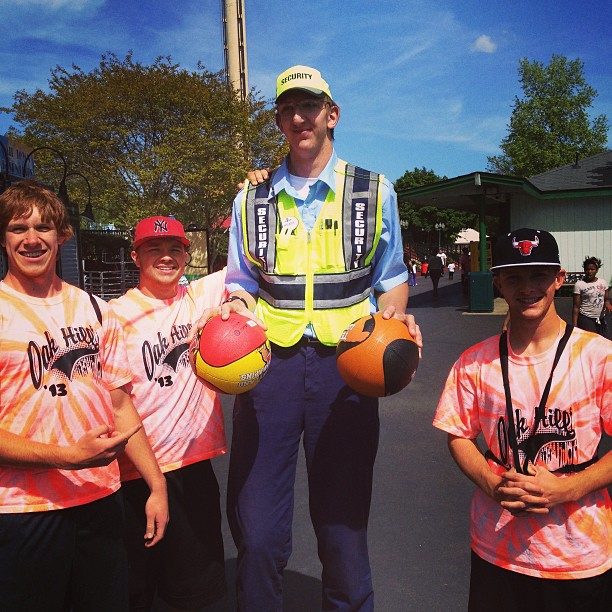
Blood pooled in the toe of Bobby’s boots whenever he took them off.
After wearing through O’Neal’s donation, Bobby couldn’t find any other size 23 shoes. Companies, Ralph said, stop making them after size 22. They must be custom made. The knuckles of Bobby’s toes constantly scraped up against his slightly-too-small boots, leaving them raw and bloody. Doctors worried about infection.
His feet also hurt because Bobby’s feet had grown so large that his toes had curled and grown underneath his feet. With every step, Bobby’s entire 300-pound frame came down upon his own toes.
“I always told Bob, ‘You can’t be the slowest guy on the team, you need to work out,'” Ralph said. “But (running) just hurt him, and I felt bad.”
So Bobby underwent his fourth and fifth surgeries, the left foot on Oct. 24, 2013 and the right foot two days before that Christmas.
In two operations of five-plus hours, doctors cut tendons in his feet, including his heel tendon. They cut and removed some knuckles – some bones – in Bobby’s feet. The surgeons re-assembled Bobby’s feet, making them slightly smaller and straightening his toes.
A month and a half later, a recuperated Bobby went for a run.
“He rushed home,” Susan said. “He said, ‘Guys! It doesn’t hurt to run anymore!'”
***
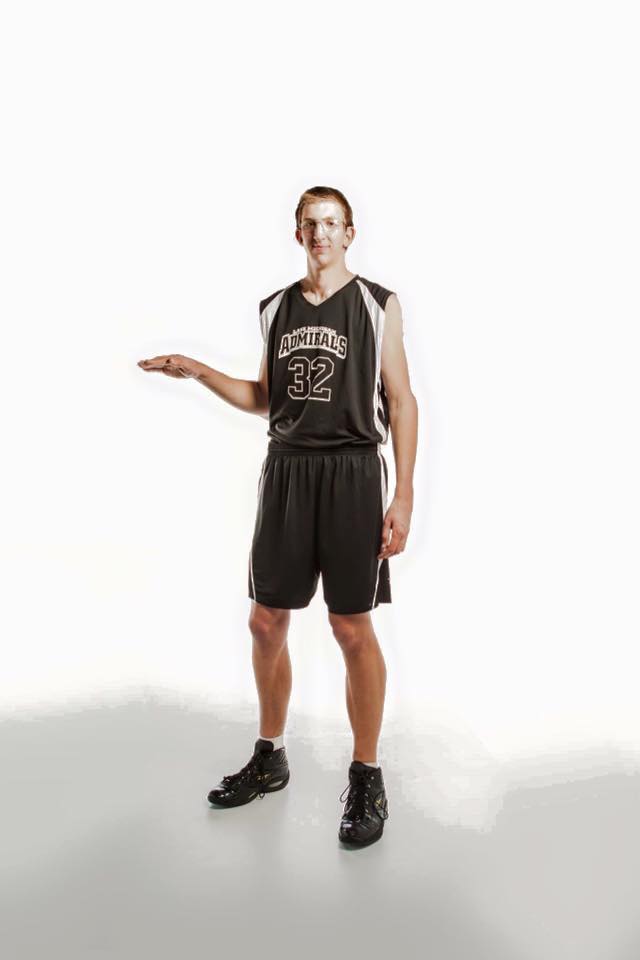
Bobby arrived in Michigan and moved in with the Glisson family on Oct. 22, 2014. Three days later, he tried out for the Admirals. Six days after that, he flew transatlantic to London with the tour team.
Unlike baseball, basketball doesn’t have team affiliates or a direct pipeline to the pros. The Admirals talent pool is, Glisson said, slightly below the NBA’s Developmental League. The goal of the Admirals, Glisson said, is not to win games, but to place players in the next level up, whether that be international markets or the D-League. The team, which is eight years old, has placed 45 players in 26 countries, including six in the D-League. While overseas, Glisson signed two of his players to English teams. No PBL player has ever made the NBA.
The team toured schools, did charity events and played basketball. Under FIBA rules – which don’t include a defensive three-second violation – Bobby dominated in the middle of the Admirals 2-3 zone. He played 20 minutes per game, averaging 18 points and 10 rebounds. He signed an autograph on a backboard.
Glisson parlayed this success into promotion. Bobby became “Big Bob” and the team marketed him that way throughout the tour. Big Bob appeared on BBC radio and in a Daily Mail article. AOL and Fox noticed, too.
“It’s all about branding,” Glisson said. “You’re able to find him now. Before, you couldn’t.”
Bobby met self-proclaimed “Shot Doctor” Bob Topp, practiced free throws constantly and regularly worked out. He’s put some variety in his diet which, in high school, was a loaf of bread and package of bologna every day for lunch.
“I’m not the skinny, 250-pound kid from high school anymore,” Bobby said. “I’m up near 300 now. I’d like to be a little heavier.”
***

An infuriated Bobby looked up into the stands as he walked off the court.
“I was pretty pissed off,” he said. “I can’t say anything else.”
The Rochester Razorsharks, the PBL’s perennial champions, had just defeated the Admirals for the trophy. Bobby played 42 seconds, ran up and down the floor once and did not touch the ball or record a relevant statistic.
It marked the end of a frustrating season for Bobby. He played little, returning from England to discover that the actual team was much quicker and more athletic than the tour team. The PBL rules – the same as NBA rules – have a three-second violation. He struggled to get up and down the floor quickly enough. Opponents often drew Bobby to the perimeter, only to quickly drive and score a lay-up, Glisson said. Bobby averaged about five minutes per game. His lack of playing time, Sherman said, has led some international teams to shy away from him, believing he is an attraction, not an athlete.
“I get frustrated really easily,” Bobby said. “Especially when it comes to playing time because obviously I didn’t get to play much in high school. I’m sensitive to that. I feel like the same thing is going on here.”
The team didn’t have a trainer until the last few games of the season, so Bobby stretched and worked out alone. The team took 15-passenger vans to each of its 10 road games.
Bobby, the youngest team member by two years, unleashed his loneliness and frustrations in practice.
“I’ve seen big progress with Big Bob,” Glisson said. “Big time. He learned the drop step, power dribble. He’s learning from the other players, too.”
***

It’s a cold, December afternoon in the woods around the Wegner’s modest New Hampshire home. Ralph and Susan are sitting in their living room, reminiscing about Bobby as a boy.
Pictures of Bobby adorn their walls and truck curtains still hang in his room. The kitchen’s pencil marks are faded now. Bobby is away, in Michigan.
They don’t know if Bobby will make it to the NBA. If he doesn’t, Ralph thinks, he’ll be just as happy settling down somewhere as a nature conservation officer. (Bobby doesn’t disagree.)
Until then, Bobby will continue to work and to chase. His feet have healed. He’s been marketed abroad. He hasn’t grown an inch in two years. For the first time, he has an unchanging body that doesn’t hurt him. The only measurement he must worry about is the 10-foot-tall hoop.
“We know he needs some work,” Susan said. “But it’s his dream. We wouldn’t consider it a failure if he came back home. He got to do something most people never got to do. Kids that went through high school and they were the all-stars, they’re not even playing.
“Ralph and I said, ‘Well Bobby, you aren’t getting any younger. You have to go pursue your dream.'”
Sam Fortier is a displaced New Englander living in New York. He likes baseball, crunchy peanut butter and the sound Kanye makes in his songs, which he thinks is spelled “HAAH.” He’s not a fan of grammatical error’s. You can read him here every Monday, follow him on Twitter @Sam4TR, or email him at sam.fortier@yahoo.com.
